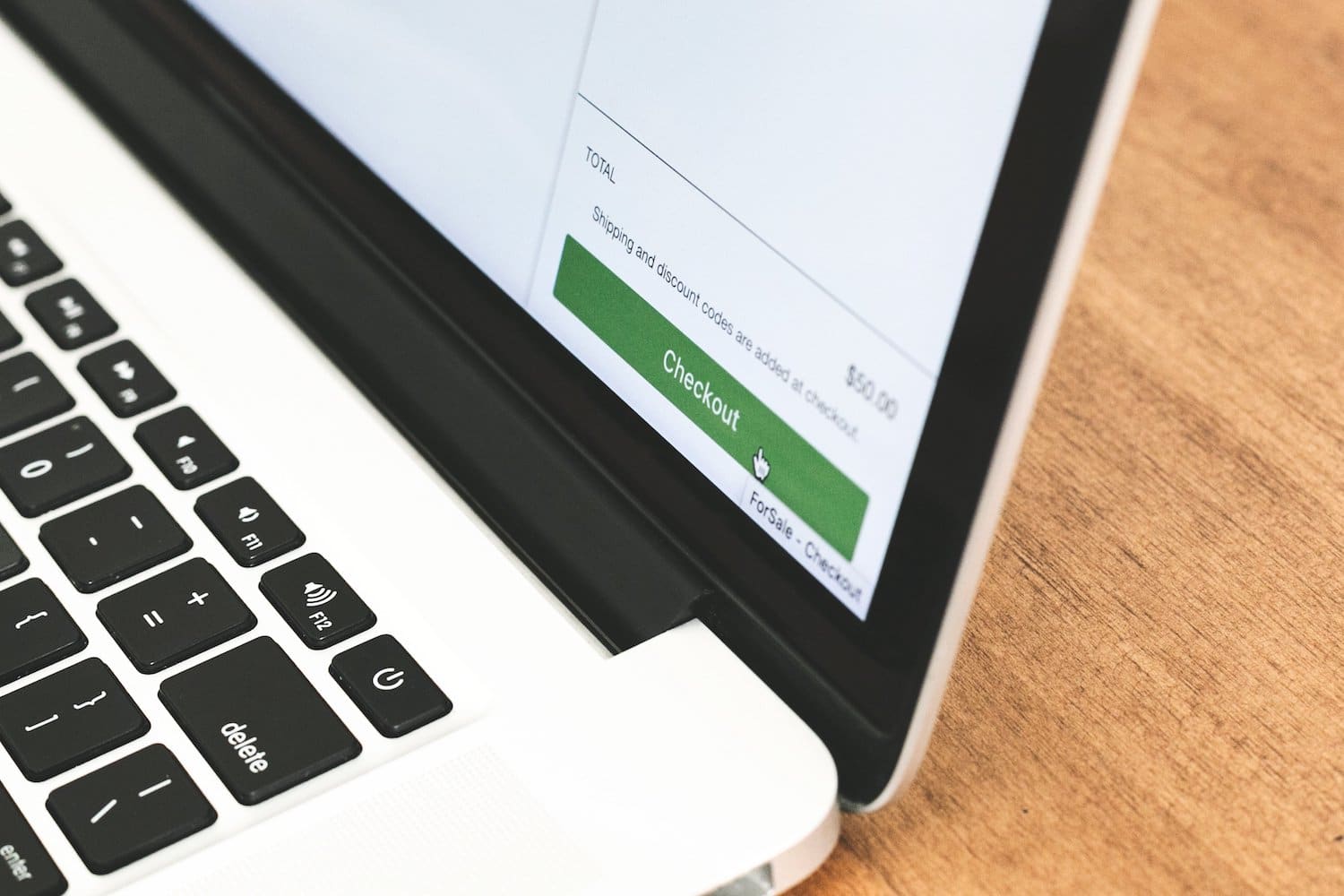Why Is Research in Product Development Important?
A great product idea isn’t really great unless you know if other people are actually interested and want to purchase your product or service. There are countless stories of entrepreneurs, small businesses, and eCommerce sellers who were convinced they had the next killer product, only to invest tens of thousands of dollars (or more) to later learn that there were factors they never considered that led to its demise.
Would you believe that up to 95% of new products fail? And of those products that make it to market, 40% fail to become profitable? There are plenty of reasons that contribute to these failures, but insufficient product research is inevitably one driver.
In addition to purchasing product inventory to sell, the product development process and supply chain expenses can be costly. You need data to know if your idea is viable before you invest. Product research before product development gives you data to prove or disprove your “gut feeling” so you can move beyond assumptions to informed decisions. When you research and vet a product opportunity the right way, you are able to identify customer trends, discover opportunities, and limit your capital investment.
Related: How to Research a Better Product Opportunity
While no amount of research will guarantee your project will be profitable, thorough product research starts you on the right footing. Your research may show you that your product is or isn’t viable, but it may also show you that if you make certain modifications or market it in a certain way, you are much more likely to succeed.
Types of Product Research
Research is the first step in product development. With different types of research, you can determine how big the marketplace is for your product idea and whether people are looking for this type of product to solve an issue. The data is there to show you; you just need to know how to find it and use it to your advantage.
There are two types of product research: quantitative and qualitative. Each is necessary to provide you with different types of information.
Quantitative
The following quantitative research advice is specific to the Amazon marketplace and Amazon data is easily accessible, but the general concepts apply regardless of the sales platform.
Search Frequency Rankings (SFR)
SFR tells you how many people are looking for your product type on a regular basis, specifically, how often a search term or keyword is searched on a daily basis. You are looking at trends, not a specific point in time. What is something worth investing in from a product development standpoint?
If you are in the top 100,000, it is a term worth further consideration, otherwise, there is likely not enough interest to warrant development. The graph below plots the SFR for a specific search term over an 18-month period. It shows a stable trend and then a bump, where search volume over the past few months increases.
With the millions of search terms put into Amazon on a daily basis, this data shows us how often people are looking for the same search term regularly and what is the trend over time. If it is increasing, you may have found a viable niche. Conversely, if the trend is declining, it may have been a fad or the product is not sustainable.
Pay attention to seasonality as well. Halloween and holiday products peak at the same time each year, only to quickly decline after the holiday has past. Several other product categories that are not as obvious also experience seasonality, so look at trends over a longer period of time.
Pricing Distribution & Pricing Pressure
Pricing distribution looks at the boundaries at which the product is being sold. The data helps you answer what you need to sell your product for, as well as what your margins need to be for you to make a meaningful profit. Generally, you need to price your product between those boundaries.
Pricing pressure tells you how pricing is moving over the past “X” amount of time. Again, you are looking at trends. If cost is continuously going down, it’s a super competitive market. For you to compete, you’ll have to price your product so low that you have low profit.
Review Rankings & Quality
On Amazon and other eCommerce platforms, reviews and rankings drive the product’s position on the page. The higher the ratings and number of reviews, the higher the product will appear on the page. The higher it is on the page and the more eyes you can get on your product, the better chance you have at converting traffic into product sales. The goal is to get to the top of page 1.
The data will help you determine how to boost your page position. For instance, you may see that you need at least 200 ratings and a 4.5 score or higher to place on page 1. What do you need to do to get that?
Keep in mind that products on pages 4 and 5 get significantly less traffic. How many ratings must a product have in order to get to page one? What is the average rating score of products you are trying to compete against? Review rankings is just one more metric to help you identify if a product is worth pursuing.
Competitive Landscape
You should always look at your competition before knowing if there is room for another hat in the ring. By looking at the competitive landscape data, you can track the pricing, average rating and review score for your product or similar products.
Before you invest, see how competitive products are ranking, how many reviews they are getting, and what the average scores are. The goal is to determine what it will take for you to compete and take sales away from your competition. Once you have an idea of how much you will have to invest in marketing to drive sales, compare that to the profit margin you can make on your product. Determine what you need to sell it for to make plenty of money on that product. Research and product development go hand in hand.
Click Share & Conversion Share
These metrics reveal interest in a product. If a user searches a keyword on Amazon, how often are people clicking on the top results and ultimately, converting?
By looking at keywords and their related click share, you can see if you get to the top three listings on page 1, for example, you can expect X% of customers to click on your listing. With conversion share, if you get to the top 3 of page 1, you can expect X% of customers to add your product to your basket.
This data is a powerful tool to understand whether a brand has a stronghold on a product category/keyword, as well as brands that aren’t converting well on that same product. There may be an opportunity to differentiate yourself and pick up market share.
Related Keyword Opportunities
You may see that certain product keywords are already garnering plenty of market share. Instead of going head to head with those brands, look at related keywords in that ecosystem to bid on. This gives you opportunities to bid on lower-ranking keywords. For example, there may be a ton of competition for a top-level search term like “luggage with bluetooth,” but if you focus on a specific niche like “connected golf club travel bag,” you can get more targeted traffic for your product at a lower cost.
You can also look at search terms from a pay per click perspective to identify which keywords have good average click shares and conversions and then similar keywords that have similar stats, to find a new way to differentiate your product.
For example, you may find that “climbing net” and “rope ladder for kids” both have good numbers. Maybe there is an opportunity to find a complementary keyword – “rope climbing net for kids.” Look for the keyword you want to establish and then find ancillary keywords you want to go after to get more market share.
Factory Pricing
It’s one thing to look at how products are selling on Amazon; it’s another to discover what factories charge to manufacture that product. By comparing the two, you can see the margins you can expect.
When you want to build a product for a certain amount of money, you need to know how much you can spend to purchase a product to achieve desirable margins. A quick way to gut check this is if your goal is to have gross margins in the 50-75% range, look at the average price on Amazon and what some of the factories on Alibaba are selling it for. Can you achieve your desired margin on that product? If not, what do you need to do to get your costs lower to get your margin? This will help you get a rough estimate on whether the product could be a profitable one for you.
Qualitative
Review Research
We are fortunate that we live in a time where online reviews are commonplace. Nearly half of all online shoppers post product reviews at least once a month, giving you a treasure trove of information. They are great if you are a consumer wanting to know if a product is a good one, but they are also a fantastic source for entrepreneurs, brands, and eCommerce sellers to discover opportunities.
Look at product reviews and read what people are saying to help you innovate and differentiate. People may only say they like or dislike a product, but many go further to explain why a product is great or needs improvement. When you spot a trend, identifying more people with similar comments, you can determine whether their ideas are worth exploring.
You may spot an engineering issue, or perhaps people keep mentioning great packaging. Use the positive and negative user feedback to inspire you to solve issues, and create a better version. Combine what people are saying they like about the product with what they say they dislike to develop a superior product that can earn you marketshare or market domination.
Social Research
Social media sites, such as Pinterest and Etsy, are great to discover trends. Trending products may have been purchased on Etsy or made locally, but there may be opportunities for you to change or improve upon that product idea and mass produce or sell it on another site.
Once you identify which products are trending, compare them with what comes up for those products on Amazon. Are they already on Amazon or is there an opportunity for you be a first mover on Amazon with a new product?
Combine Research for a Comprehensive Product Evaluation
All of these quantitative and qualitative research techniques should be used in tandem to give you a good indication of whether your product idea is worth the investment, as well as reveal new opportunities you hadn’t thought of before. When you spot an opportunity, do you want to white-label an existing product or create your own from scratch?
Related: How Product Creation Increases Company Value
We recommend resellers diversify their portfolio by including proprietary products under their own brand name. By creating their own, either from scratch or by improving upon existing products, you can build sustainable brand value that is worth much more than simply being a reseller.
Whatever route you choose, be sure you invest time before a ton of money. Time spent on various types of research in product development can help save you money later by helping you determine which products are worth your investment.



